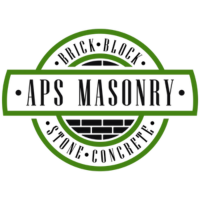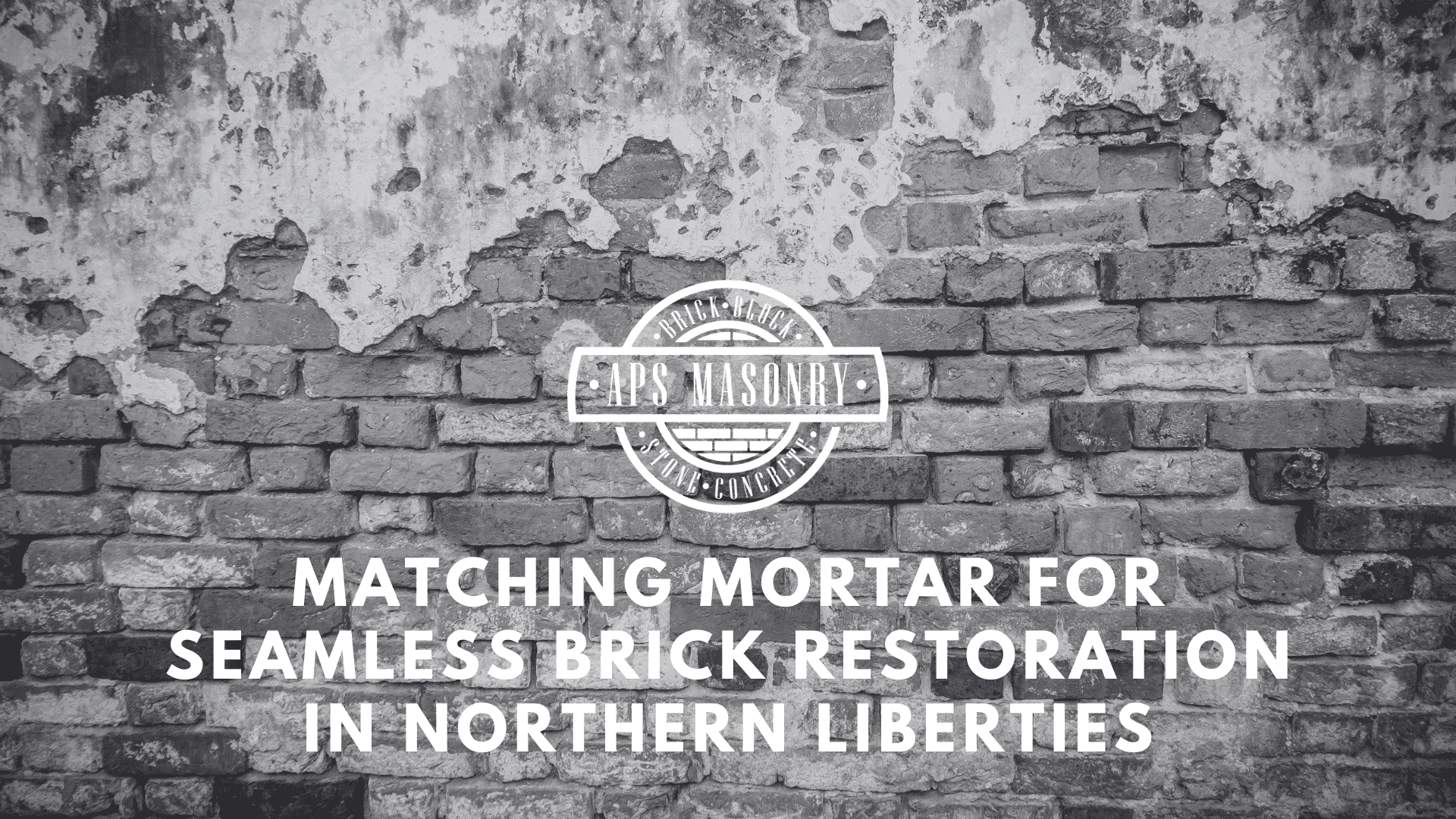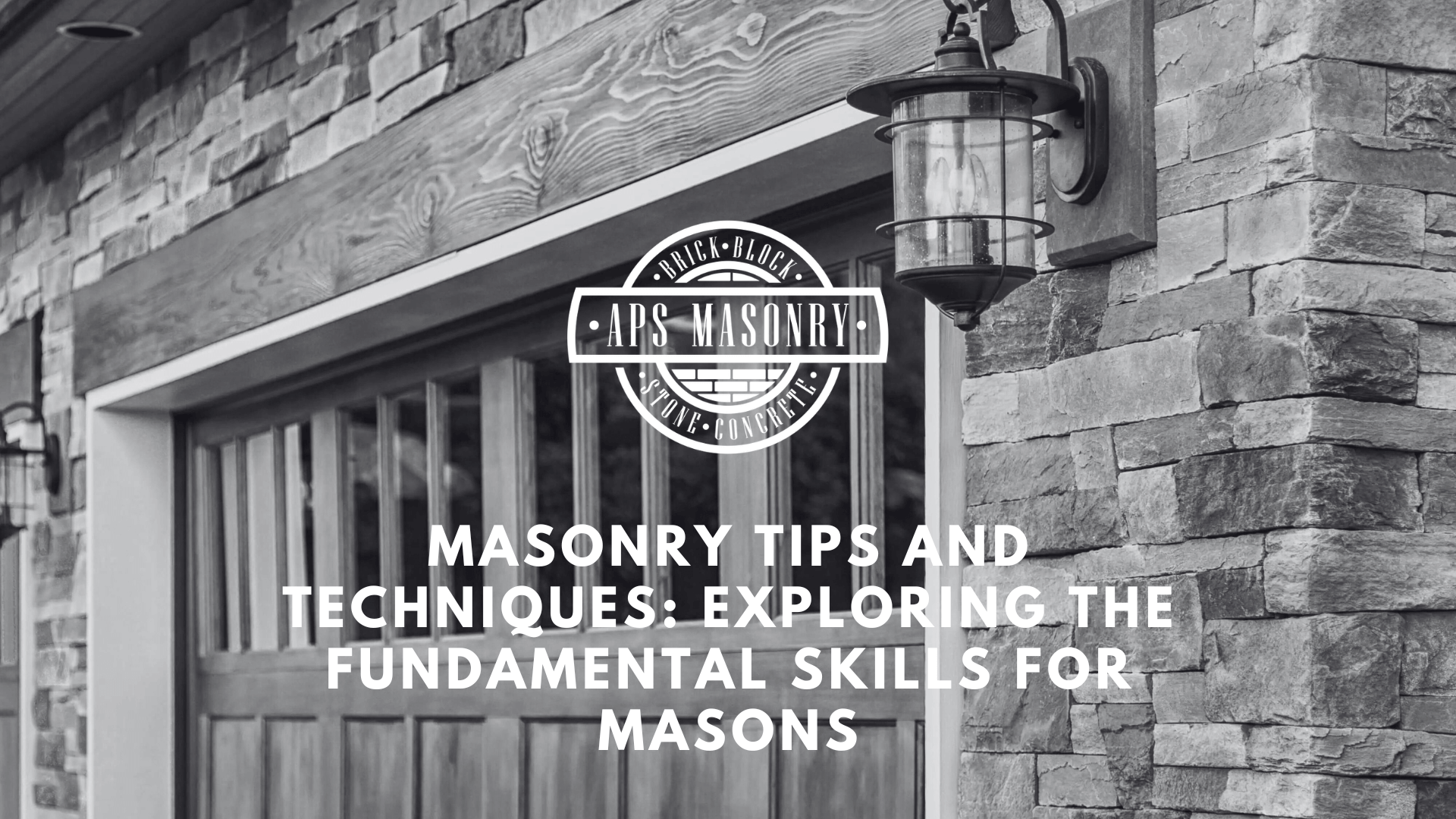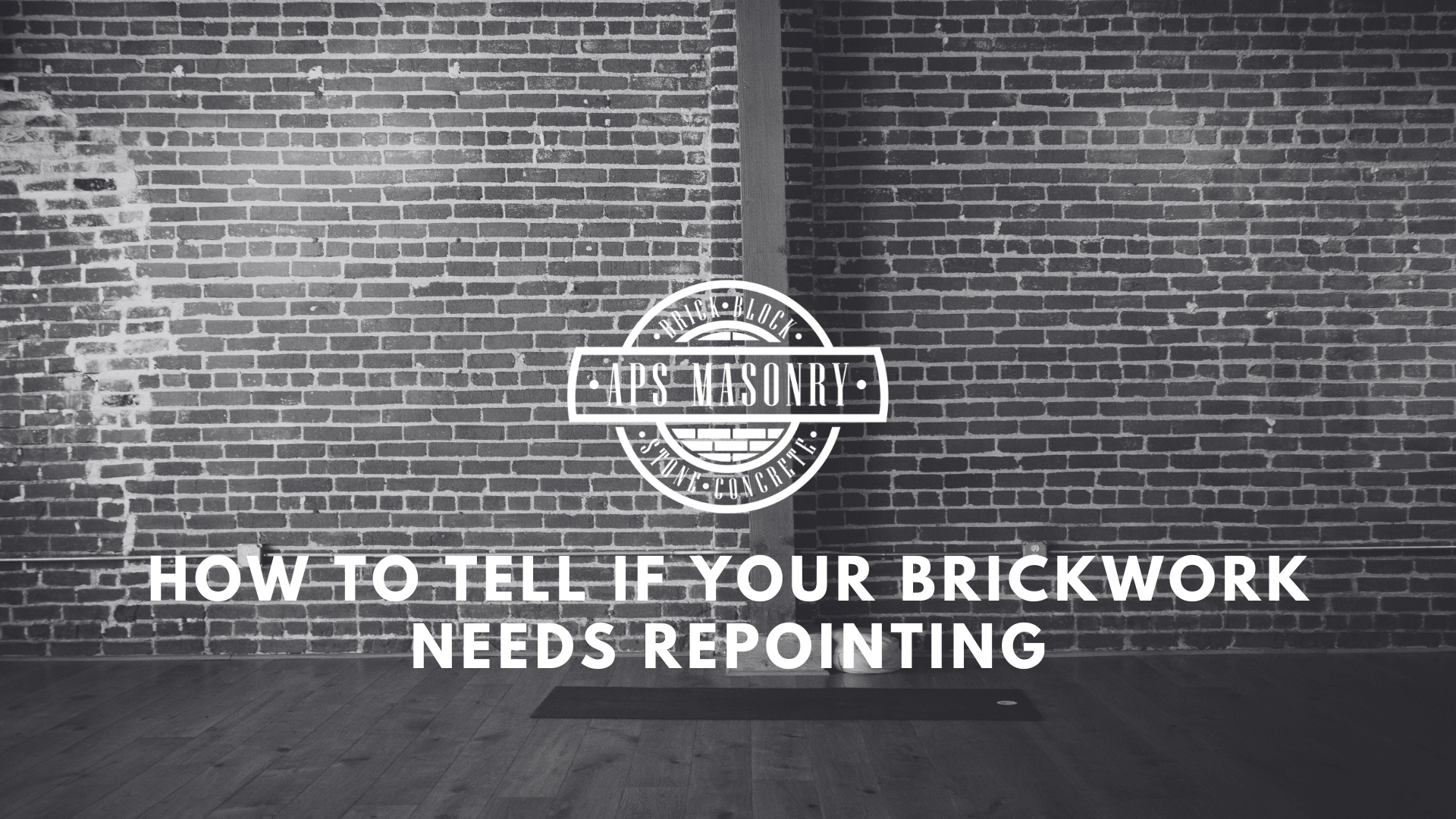Matching Mortar for Seamless Brick Restoration in Northern Liberties
Seamless brick restoration Northern Liberties needs a masonry contractor with skill. Our team restores mortar joints and masonry work across...
6 min read
 Alec Serowatka
:
Jan 25, 2024 3:09:43 PM
Alec Serowatka
:
Jan 25, 2024 3:09:43 PM
If you want to protect your brickwork effectively, it's important to use brick sealer. This article provides detailed information on different types of brick sealers, particularly those containing silane and siloxane, which protect against water damage and prevent mold without sealing in moisture. It also offers very good tips for proper sealer application, highlighting the importance of the right temperature and a clean surface.
Understanding and applying brick sealer correctly can greatly enhance the durability and appearance of your brick structures, helping to maintain their condition over time.
Brick sealer, often referred to as a masonry cream, is a marvel of modern science. Its primary role is to shield brick surfaces from:
thereby maintaining the structural integrity and appearance of brick constructions. But why is sealing so important? The answer lies in the porous nature of brick surfaces, which, if left unattended, can lead to issues, such as:
Technological advancements have brought super-hydrophobic technologies to the forefront, offering full water repellency for the surfaces it is used on. The beauty of brick sealer lies in its adaptability. It is compatible with a wide range of mineral-walled surfaces, not just brick walls, proving its versatility and efficiency.
The efficiency of brick sealers and cavity wall insulation is attributed to their key ingredients. They mainly contain silane, siloxane, or acrylic-based compounds. These work wonders in protecting a wet exterior wall from moisture damage, essentially creating a waterproof brick effect.
By applying these compounds, homeowners can achieve waterproof brick walls, guaranteeing long-lasting protection. Silane, for instance, not only protects the outer layer of bricks in a cavity wall construction but also reduces the risk of dampness by preventing moisture penetration.
On the other hand, siloxane-based sealers, like DRYLOK Siloxane 7 Brick & Masonry Sealer, permeate the brick to create a waterproof barrier against water-related harm, mold, and mildew. The optimal temperature for the application of such sealers, including waterproof masonry paint, is 50°F or higher, as this permits proper adhesion and effectiveness.
The secret lies in their ability to permeate the brick, fill cracks, and reduce porosity without merely forming a film on the surface. Penetrating brick sealer, such as those based on siloxane, allows the material to retain its capacity to release excess moisture, making them effective in protecting brick surfaces.
Helping moisture evaporate is essential to prevent mold growth and frost damage. Trapped moisture results in structural damage over time, but the use of masonry sealers, including brick sealers, can successfully avert this problem.
Examining the benefits of brick sealers, including film-forming brick sealers, they create a barrier that prevents the penetration of moisture, stains, and other substances. This protects against:
They also provide an imperceptible protective coating that aids in averting cracking and spalling.
Brick sealer can also be used on other mineral-walled surfaces, like concrete walls, offering similar protection against moisture damage and extending the structure’s lifespan. Furthermore, by improving durability and preventing moisture penetration, brick sealers effectively stop the growth of mold and mildew, providing strong protection against moisture-related damage and potential health risks.
Brick sealants exhibit a wide range of lifespans, usually lasting 10 to 25 years. Some products, like Our Brick Sealant, are renowned for their 25-year longevity and come with a lifetime warranty, showing their exceptional durability.
Apart from brick surfaces, sealers protect other components of a brick wall, such as wall ties covered by the sealer. This occurs due to reducing the risk of corrosion.
The application of brick sealer increases durability by protecting the mortar from moisture damage and providing a shield against the impact of wind-driven rain. It not only prolongs the life of masonry construction but also preserves its appearance. The application method of the sealer can also impact its overall durability and effectiveness.
Brick sealers do more than just protect; they increase the aesthetic appeal of bricks by:
thereby rendering them more vibrant. There are various finishes offered for brick sealers, such as wet look, normal protective coating, and clear finishes, allowing for customization based on personal preference.
Interestingly, brick sealers can modify the natural texture of bricks, resulting in a smoother or glossier feel. This not only impacts their visual attributes but also their tactile ones, adding an extra layer of sophistication.
Brick sealers play a key role in stopping the growth of mold and mildew. By creating a protective barrier on the brick surface, they:
On unsealed brick surfaces, mold and mildew can cause significant discoloration and an unappealing aesthetic. Moreover, they can cause health issues such as allergic reactions and even severe health complications due to the allergens they produce.
The growth of mold and mildew is supported by the accumulation of dust, dirt, and grime, along with low light conditions that prevent sunlight from drying the bricks, making brick sealers all the more crucial.
Choosing the appropriate brick sealer is as significant as deciding to use one initially. The choice depends on several factors, such as:
For instance, a high gloss sealant, characterized by a high concentration of acrylic, results in a notably shiny finish. On the other hand, a wet-look sealer gives a more natural look and prevents surfaces from becoming slippery when wet.
An invisible sealant, offering a matte finish, is nearly imperceptible once applied to stucco, brick, or concrete. It’s an excellent option for those who desire protection without altering the natural appearance of their brick structures.
Applying brick sealer is a straightforward process but requires following certain steps for optimal results. The first step is making sure the optimal temperature for application, which is 50°F or higher to guarantee proper adhesion and effectiveness. The recommended tools for application include a regular garden sprayer or power equipment.
When using a low-pressure sprayer, it’s important to apply the sealer liberally without over-applying. Any excess sealer should be removed with a clean cloth or brush and then allowed to dry and set in place.
Sealing bricks might seem like a simple task, but it’s easy to make mistakes if you’re not careful. One such mistake is applying sealer in extreme surface temperatures. Water-based sealers require a minimum substrate temperature of 50°F (10°C) and ambient air temperature until the coating is fully cured.
Another common mistake is skipping the pre-sealing procedures. It’s important to clean the bricks thoroughly to remove any efflorescence or debris and make sure they are completely dry before sealing. Using incompatible products for sealing bricks can trap moisture within the substrate, which may lead to damp problems and structural deterioration.
Applying the right thickness is also important since the over-application of sealer could result in bubble formation, which might compromise the protection provided.
Even after sealing, brick surfaces must be maintained regularly to guarantee longevity. The recommended cleaning procedure is:
An annual inspection of sealed brick surfaces for potential damage is recommended to promptly address any issues and guarantee long-lasting protection. The reapplication of sealer should be considered when indications of wear or reduced water repellency become apparent.
The effectiveness of brick sealers extends beyond theory and is proven in practical situations. Carefully planned restoration projects involving experts in historic masonry restoration have demonstrated significant effectiveness in protecting and prolonging historic buildings' existence through brick sealers.
Residential homes in diverse climates have also benefited from the use of brick sealers and coloured masonry paint, increasing the durability and shielding their brickwork.
Commercial properties, including concrete and brick building facades, paver brick surfaces, and engineered brick masonry, have seen notable improvements in their resistance to weathering and moisture damage following the application of brick sealer.
In a nutshell, brick sealers are an essential tool in preserving and protecting brick structures. With their ability to prevent water-related harm, increase durability, improve aesthetics, and prevent the growth of mold and mildew.
They offer a comprehensive solution to maintain the integrity and appeal of brick constructions. Whether it’s a historic building, a residential home, or a commercial property, the importance of using a brick sealer cannot be overstated.
Sealing brick walls is generally unnecessary, as they typically have a built-in cavity that allows water to drain from the bricks, and using sealant can actually trap moisture and cause damage.
Brick sealant reduces water penetration and can often stop the effects of efflorescence completely by preventing moisture from causing white powdered minerals on the surface. This helps to maintain the appearance and integrity of the bricks.
Brick sealers typically last under 5 years, with some lasting only 12 months, while masonry creams can last between 10-25+ years, depending on the product. It's essential to choose the right product for long-lasting protection.
The best product to seal brick is a Silane/Siloxane sealer, as it provides a hydrophobic barrier within the pores to protect the brick.
The key ingredients in brick sealers are silane, siloxane, or acrylic-based compounds, which effectively protect brick surfaces from moisture damage.
To apply a penetrating sealer to bricks, first make sure that the bricks are clean and dry. Depending on the product's instructions, apply the sealer using a brush, roller, or sprayer. It's important to apply it evenly and allow it to penetrate the brick surface.

Seamless brick restoration Northern Liberties needs a masonry contractor with skill. Our team restores mortar joints and masonry work across...

Mastering masonry involves techniques for laying bricks, stones, and blocks with mortar to create stable, aesthetically pleasing structures. Key...

Strong mortar keeps Philadelphia’s brick homes stable, sealed, and built to last.